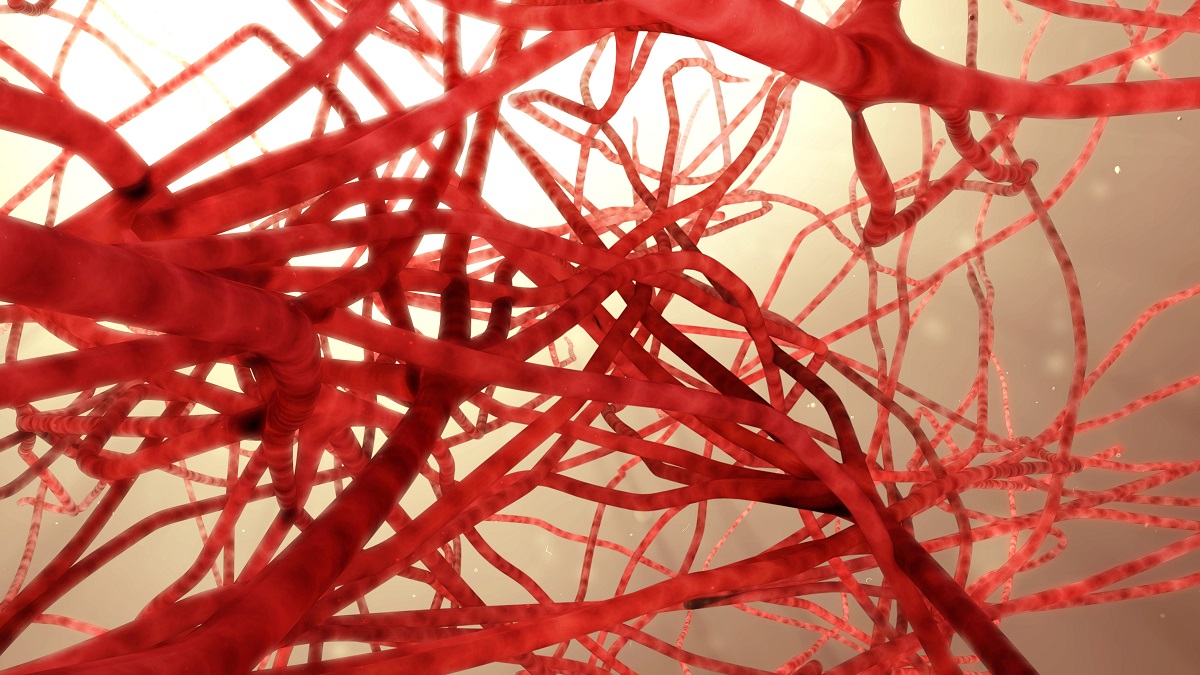KEY TAKEAWAYS
- The study aimed to explore reverse causation’s impact on the link between topical tacrolimus and CTCL.
- Researchers found reverse causation bias in CTCL risk estimates with tacrolimus vs. TCS, highlighting methodological implications.
In drug-cancer associations, reverse causation is a commonly occurring challenge where the cancer symptoms are potentially misinterpreted as drug indication symptoms. However, there is an eager requirement for the development of tools for assessment of the magnitude of this type of bias which are currently lacking.
Christian Bjerregård Øland and the team aimed to investigate the impact of reverse causation on the association between the use of topical tacrolimus and cutaneous T-cell lymphoma (CTCL), using topical corticosteroids (TCS) as a comparator.
The study used a multistate model to simulate patients (pts) use over time of a first (1L)- TCS and second-line (2L) treatment (topical tacrolimus), onset of atopic dermatitis (indication for drugs), and CTCL (the studied outcome). They simulated varied scenarios to mimic real-world settings’ use of the 2 treatments. In all of these scenarios, there was no causal effect of 1L and 2L treatment protocols over the occurrence of CTCL. Cox proportional hazard models were used for simulated data analysis.
The findings indicated that the simulated hazard ratios (HRs) among pts with CTCL treated with tacrolimus vs. those treated with TCS persistently exceeded 1 across all 9 settings in the primary scenario. This suggested a consistent trend with a high risk of CTCL among those using tacrolimus vs. TCS.
Specifically, the focus of this analysis revealed a median HR of 3.09, favoring the risk of developing CTCL was approximately 3 times higher for pts using tacrolimus vs. those using TCS. The range of 95% of the observed values spanned from 2.11 to 4.69, highlighting the robustness and reliability of these findings across different simulated scenarios.
Further results highlighted the significant association between tacrolimus use and CTCL risk, emphasizing the need for careful consideration of potential biases such as reverse causation in drug-cancer association studies. The consistent elevation in HRs across various simulated conditions reinforced the importance of further exploring and understanding the mechanisms underlying these associations to inform clinical decision-making and patient care effectively.
The study concluded that substantial reverse causation bias was found in the simulated CTCL risk estimated among pts treated with tacrolimus vs. those treated with TCS. This bias could lead to a false positive association between the use of tacrolimus as a 2L treatment and the risk of developing CTCL.
The simulation-based framework employed in this research offered a valuable tool for quantifying and understanding the potential impact of reverse causation bias in observational studies.
This study was financially supported by the LEO Pharma.
Source: https://pubmed.ncbi.nlm.nih.gov/38995938/
Øland CB, Ranch LS, Skaaby T, et al. (2024). “Reverse causation bias: A simulation study comparing first- and second-line treatments with an overlap of symptoms between treatment indication and studied outcome.” PLoS One. 2024 Jul 12;19(7):e0304145. doi: 10.1371/journal.pone.0304145. PMID: 38995938.



